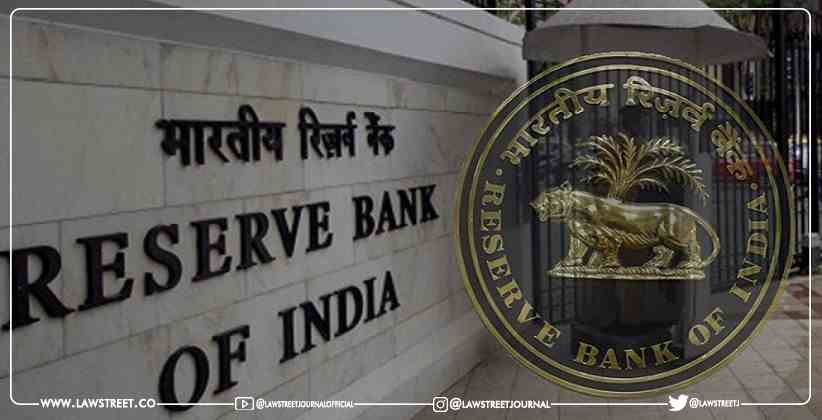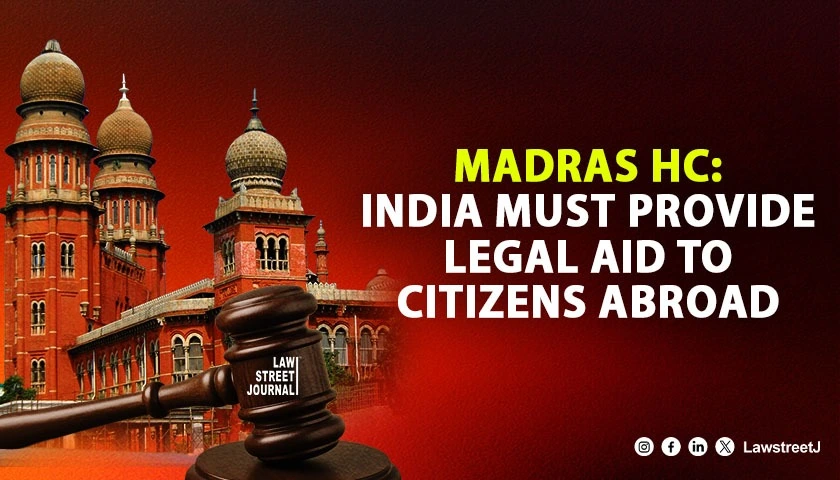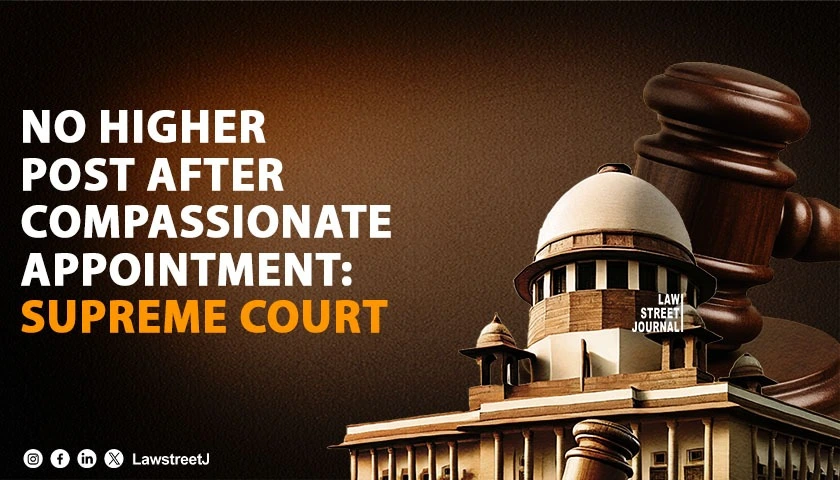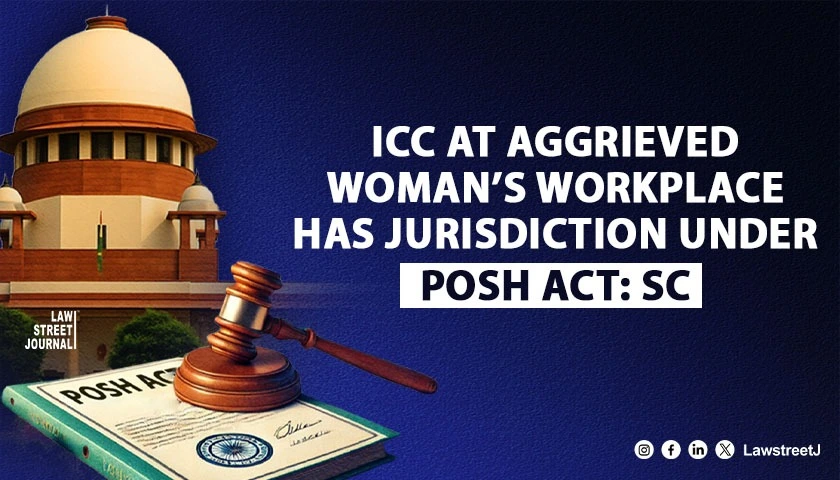The RBI approved a pilot plan on August 6 to encourage technological advances that enable small-value digital transactions to be completed offline.
The Reserve Bank of India (RBI) established the top limit for individual offline payment transactions at 200 rupees on Monday, stating that such transactions may only be made in person. These are part of its "framework for allowing small value digital payments in offline mode," which was put to the test by a few businesses between September 2020 and July 2021. The RBI approved a pilot program on August 6 to promote technology advances that allow small-value digital transactions to be completed offline.
A transaction that does not require internet or telecom access is referred to as offline payment. The new criteria must be followed by licenced Payment System Operators (PSOs) and Payment System Participants (PSPs) who want to allow low-value offline digital payments, according to the regulator.
"At any point in time, the overall maximum for offline transactions on a payment instrument shall be 2,000." "Only online replenishment of the consumed limit with AFA (additional factor authentication) would be permitted," it stated.
Payment instruments will only be enabled for offline transactions with the customer's explicit consent, according to the RBI. Apart from that, these card transactions will be permitted without the need to activate the contactless transaction channel, easing a rule that was implemented in January 2020.
"If relevant, customers may seek the remedy of their problems through the Reserve Bank's Integrated Ombudsman Scheme." The Reserve Bank "reserves the authority to halt or change the operations of any payment solution that permits small value digital payments in offline mode," according to the regulator.
While India has seen a surge in the sale of low-cost smartphones and even lower-cost data connections, many sections of the nation still lack internet access. According to the most recent data available from the World Bank, 41% of India's population has access to the internet in 2019. As a result, the RBI's decision to promote offline payments is inclusive, as many customers who do not have smartphones would be able to profit from digitalization.
For a few years, the RBI has been working on permitting offline payments, and it was included in its vision statement for payment and settlement systems for 2019-21. The expansion of digital payments is being driven by consumer behaviour, according to the RBI in a paper issued in May 2019. Consumers are adopting mobile technology, which is fueling the growth of digital payments.












